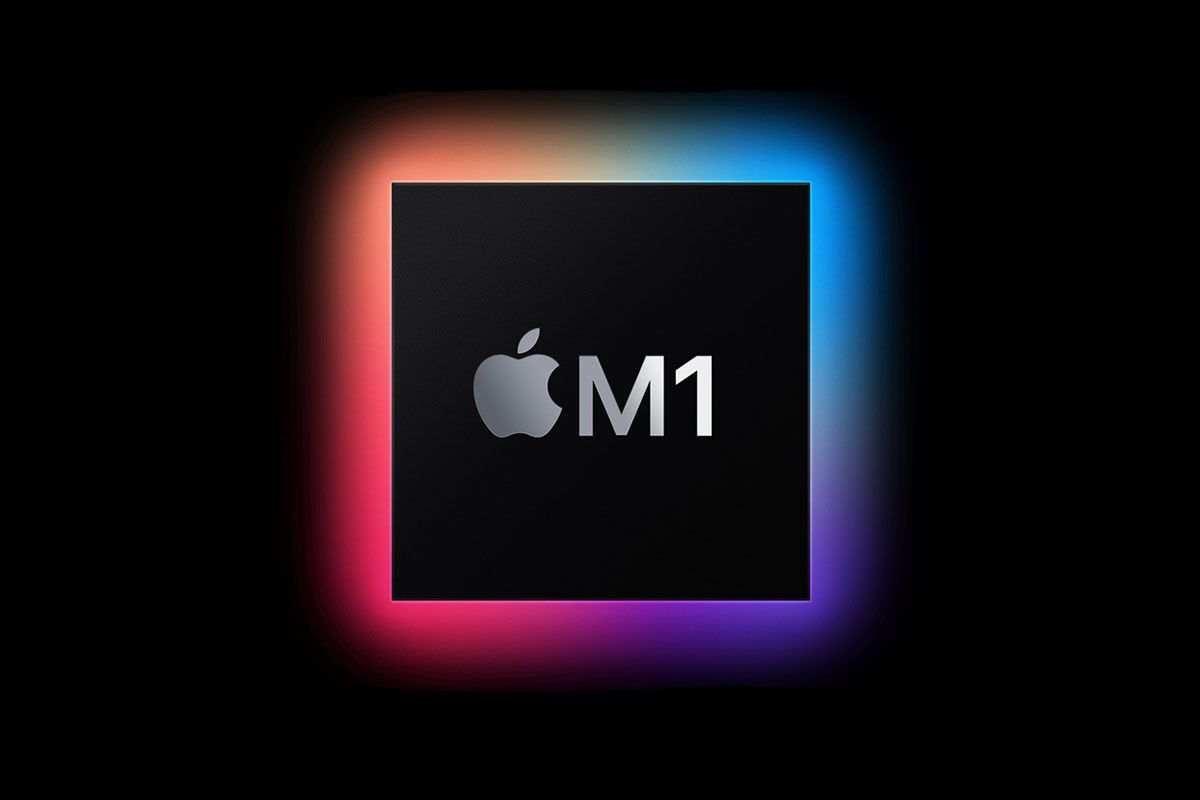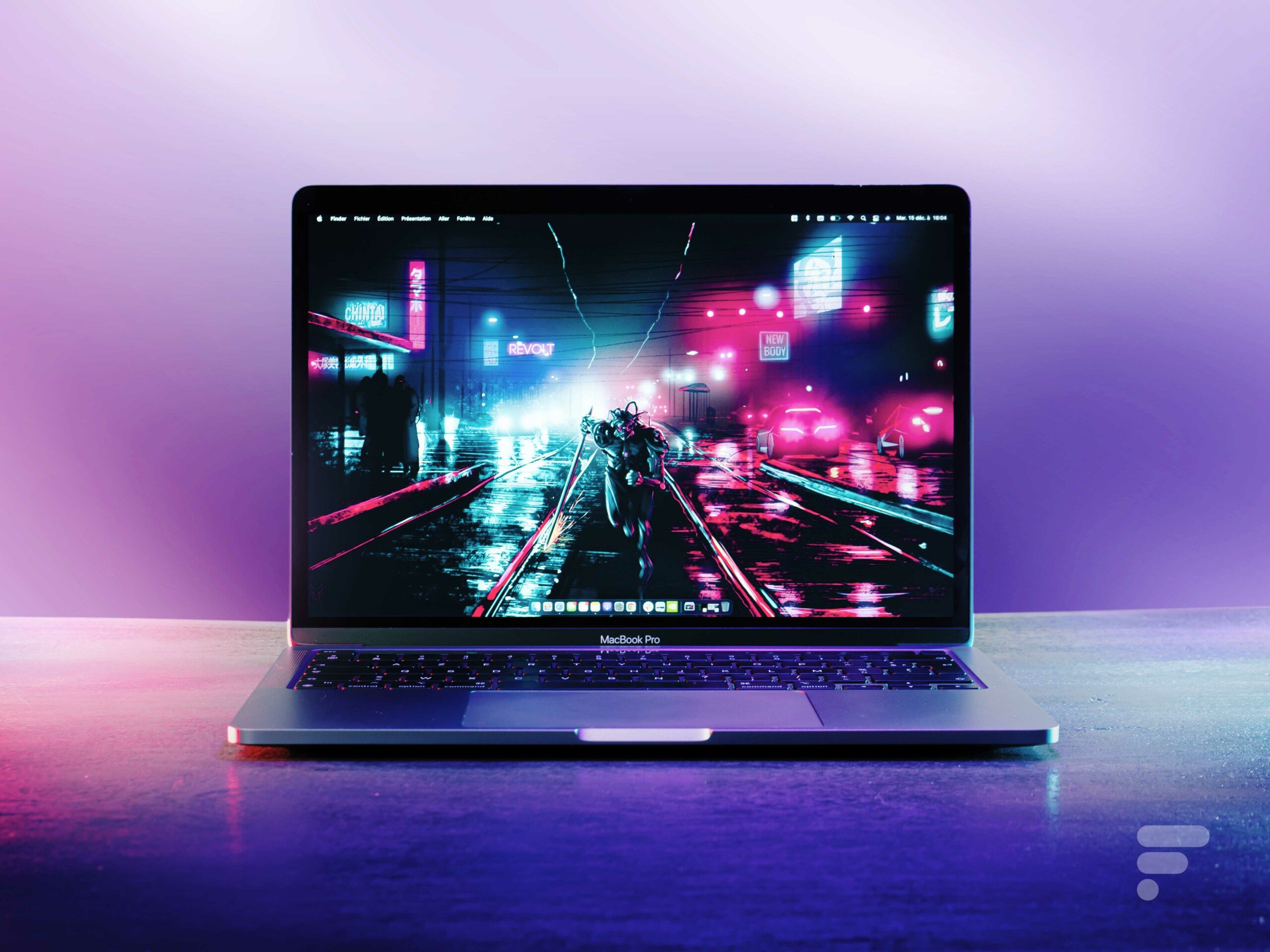Adobe announces that video editing app Premiere Pro is to be released with Apple Silicon M1 support in stages, starting with the 'core editing functions,' which are available in beta now. The AMD system is a bit newer (2017), but at that time Intel had a strong lead in applications like After Effects, so most Ae users would likely be using an Intel platform. That means that the new Apple M1 MacBooks again perform about on par with a decently configured desktop PC that is around 4-5 years old. Apr 13, 2021 Adobe Premiere Rush adds support for M1 Macs, including recent MacBook Air, MacBook Pro and Mac Mini models. More M1-powered Macs are expected to arrive in stores this year, including rumored iMac and Mac Pro refreshes and a new 16' MacBook Pro. Although Premiere runs well with Rosetta 2 on M1 Macs, Adobe currently has an Apple Silicon compatible beta out for Premiere Pro which provides native performance. The first test included. Adobe is actively working to build apps that run natively on Apple computers using the Apple silicon M1 chip. Many of our existing apps can run on M1 devices using Apple's Rosetta 2 technology. Does my Adobe app work on Apple M1 computers? Apps that run natively on M1 computers.
Adobe Photoshop, the world’s most popular photo editor, has been updated this week with native support for Apple Silicon Macs. Mark Dahm, the product manager at Photoshop, detailed in an interview with ComputerWorld how the company has been working to update its apps for the M1 Macs and what the real benefits of this transition are.
We already know that having an updated app with full support for the M1 chip enables much better performance, not to mention more power efficiency — which is great for MacBook users. However, according to Dahm, Photoshop runs up to 50% faster on a M1 MacBook when compared to a previous generation Intel MacBook.
The difference becomes even more noticeable when you compare it to older Intel Macs. Adobe says that upgrading a complex software like Photoshop to a new platform isn’t exactly easy, but the improvements for users are extremely significant.
Recompiling a large application for Apple silicon requires investment on behalf of its developers. However, as we have shown in Photoshop’s case, it can result in significant user-facing improvements to performance. […] We compared an M1 MacBook to a previous-generation MacBook similarly configured, and found that under native mode, Photoshop was running 50% faster than the older hardware.
The Photoshop product manager reminded that the app has been available to Mac users for more than 30 years now, and that Adobe has handled another major transition before when Apple migrated from Power PC to Intel processors. As Photoshop is one of the most used tools by professionals, it’s important for Adobe to keep the app updated with the latest and greatest features.
At the same time, the more complex the software gets, the more the engineers have to rewrite it for a new platform. Dahm says that the Rosetta 2 technology really helped the Photoshop team with the schedule until the update with M1 support was ready. He also praised Apple’s development tools, saying that they provide a “seamless transition” from Intel apps to Apple Silicon.
Adobe Lightroom M1
Fortunately, Apple’s Rosetta mode allowed Photoshop to run reliably and fast on M1 devices on day one, without requiring significant changes to the code base. And many features were running as fast, or even faster than on the previous systems, so those earlier questions about performance were being resolved quite satisfactorily.

Right now, only Photoshop and Lightroom have native versions to run on M1 Macs. The company is also working on updates for Premiere Pro, Premiere Rush, and Audition with Apple Silicon support, which are currently available as beta apps for Creative Cloud subscribers.
You can read the full interview with Mark Dahm on the ComputerWorld website.
FTC: We use income earning auto affiliate links.More.
Lightroom and Photoshop run natively on Apple M1 computers. We are testing and optimizing other apps for these new devices.
When will Adobe release apps that run natively on computers with the M1 chip?
Lightroom and Photoshop run natively on Apple M1 computers. We are working to ensure that our other apps run natively on these computers, but don't have release dates for all our apps yet.
We will update this document when more details are available.
You can install the following apps on computers powered by the Apple M1 chip. They run using Rosetta 2 technology. The apps may initially take longer to open while Rosetta 2 translates them for use in your M1 computer.
Acrobat Pro (known issues)
After Effects
Animate
Adobe Audition
Adobe On M1
Adobe Bridge (known issues)
Character Animator
Dreamweaver

Illustrator (known issues)
InCopy
InDesign (known issues)
Adobe
Lightroom Classic (known issues)
Adobe Media Encoder
Photoshop* (known issues)
Premiere Pro
Premiere Rush
Adobe XD (known issues)
* With the March 2021 release, Photoshop runs natively on M1 computers.
You can download these apps on your M1 device directly from creativecloud.adobe.com/apps. The Creative Cloud desktop app automatically installs with your app.
Does Adobe support apps running using Rosetta 2?
We provide support for the apps listed above. We haven't certified other Adobe apps yet and don't support their use on M1 devices.
For best results, run all other Adobe apps only on operating systems and hardware platforms noted in the system requirements.

Can I install plug-ins for Creative Cloud apps on Apple M1 computers?
Yes, you can install plug-ins or extensions on Apple M1 computers from the Marketplace tab in the Creative Cloud desktop app.
Note:
Photoshop only supports the new plugins (based on UXP, under Plugins in the menu) natively on Apple M1. If you want to use legacy plugins (under Window in the menu) run Photoshop in the Rosetta mode. If you are a developer, check if you can migrate your plugins from CEP to UXP.
Will Adobe continue to support Apple devices with Intel processors?
Yes. We have no plans to stop support for Apple devices with Intel processors.
Adobe Apple M1 Pro
How do I know whether my Apple computer uses an M1 or Intel chip
Adobe Acrobat Reader M1
Select Apple menu () > About This Mac. The name of the chip in your computer is displayed next to Chip.
Have a question? You can post questions and get answers from experts on our Download & Install community forum. On the community forums, you can freely ask, share, and learn from your peers in the industry.
Adobe Connect Apple M1
More like this
